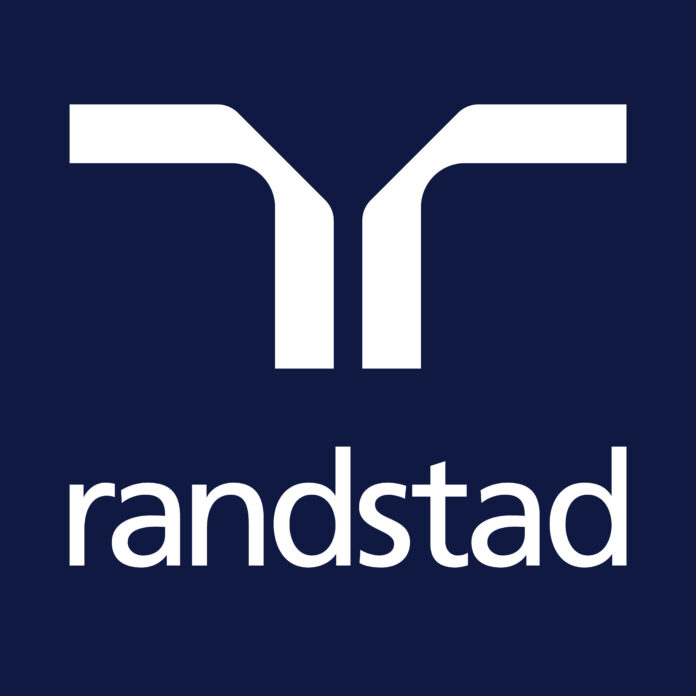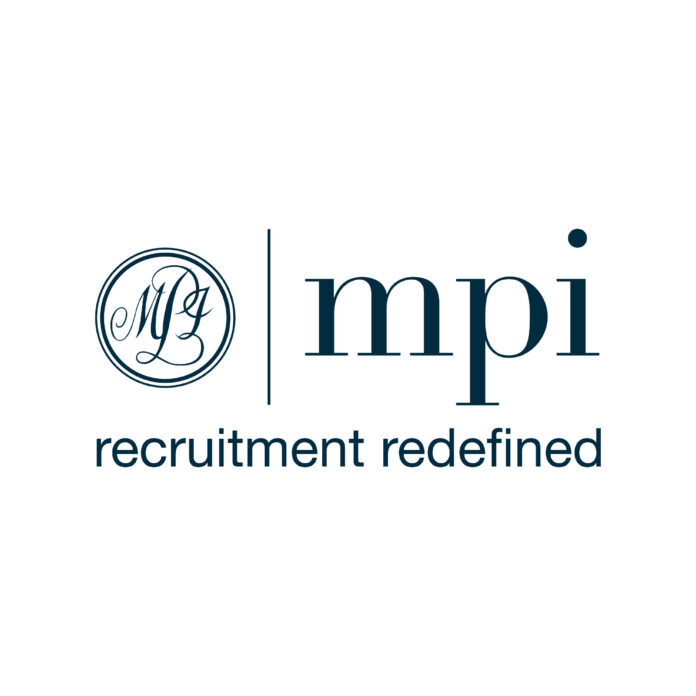This year has been a pivotal one for the rail industry – marked by significant reforms and a change of government which has shaped a different focus for the industry as it heads into 2025.
In Rail Industry Wrapped, we take a brief look back at the year that was and provide some top tips for businesses to take advantage of in 2025 if they want to maximise their profile as CP7 continues to gather momentum.
2024 – The Year That Was
There were a number of significant developments in the UK rail industry in 2024.
A return to public ownership
The major shift was the introduction of the Labour Government back in July, which has kickstarted the renationalisation of Train Operating Companies.
The Passenger Railway Services (Public Ownership) Act 2024 has paved the way for the return of train services into public ownership, with South Western Railway the first to be affected.
The transition to public ownership is expected to improve reliability, reduce delays and cancellations, and save taxpayers money. By bringing services back under public control, the government aims to create a more efficient and customer-focused railway.
Transport Secretary, Heidi Alexander, said: “Our broken railways are finally on the fast track to repairing and rebuilding a system that the British public can trust and be proud of again.
“For too long, the British public has had to put up with rail services that simply don’t work. A complex system of private train operators has too often failed its users.
“Starting with journeys on South Western Railway, we’re switching tracks by bringing services back under public control to create a reliable rail network that puts customers first.”
One to watch in the new year is also the further development of Great British Railways. The Transition Team continues to form the body before legislation comes into place to shape reform.
The start of CP7
The new Network Rail Control Period started in April and will now run to 2029.
The £44billion plan is focused on increased investment in tackling climate change, improving performance and supporting passengers and freight.
This includes major developments such as the Transpennine Route Upgrade and HS2, as well as laying important foundations for the introduction of Great British Railways.
You can read a summary of the Network Rail CP7 delivery plan here.
Regional plans for CP7 can be downloaded here.
A growth in revenue and passenger figures
In terms of passenger growth, 2024 was a positive step in the right direction in supporting a modal shift towards more environmentally friendly methods of transport such as rail.
The latest Office of Rail and Road (ORR) statistics reveal that total rail passenger revenue, adjusted for inflation, was up 11% (£284 million) in July – September (Q2 2024-25), compared with the same period last year.
GBRTT’s Customer and Revenue Growth Director Suzanne Donnelly said: “It’s encouraging to see the revenue growth in commuting, which supports the post-pandemic recovery in this sector. The quarter seeing no industrial action has also protected revenue growth.
“We hope the consistent growth across all journey purposes will continue as the industry works to rebuild passenger trust.”
Challenges still remain
Despite some of these changes and growth, ongoing challenges still remain:
- The financial sustainability of the industry will be key in 2025 as businesses, especially SMEs, say they are feeling financial pressures with the work currently available. Businesses that succeed have adapted their services throughout the year and developed new revenue streams away from traditional rail services. This may have a knock-on effect in time as rail resources are utilised in other sectors. In November 2024, the Rail Industry Contractors Association met with the Network Rail Procurement team to discuss the challenges contractors faced.
- The skills gap continues to grow. NSAR’s Rail Workforce Survey 2024 states that the rail workforce has decreased by 9.4% to 220,500 – and this is predominantly in the supply chain.
While the workforce is slightly younger, and the proportion of workers aged 25 and under has increased by 1.6% compared to 2023, a third of the workforce is still 50 and over and heading towards retirement age. The survey suggests that the industry is facing a critical loss of experience and knowledge in the next seven years – with up to 90,000 potentially leaving the industry by 2030 due to retirement, alongside other forms of attrition.
Looking ahead to 2025
There are emerging themes prevalent within procurement requirements throughout 2024, and these themes will be important as we head further into CP7. We provide a few handy pieces of advice below. The Rail Industry Connect team is able to support businesses optimise themselves and maximise their profile in 2025 – email us today by contacting Dan Clark on dan.clark@railindustryconnect.co.uk.
Sustainability
As companies race towards Net Zero, this will be one of the most important themes when it comes to winning work with buying organisations and Tier One contractors. Sustainability is a priority in the decision-making process and those that are ahead of the game in all aspects of their operations will be more likely to succeed.
But sustainability does not just consider environmental factors. While that is an important component, focusing on social factors are also equally as important. First things first, find the sustainability strategies of your potential clients – synergy is important, and doing as they do should be the bare minimum.
Buying organisations will recognise those that sign up to covenants and pledges, but will prioritise those actively acting on those pledges.
A strong example of this is the Armed Forces Covenant, in which many businesses have signed up to in the recent years. However, actively working with armed forces organisations and completing objectives that provide further accreditation through the Bronze, Silver and Gold accreditations will demonstrate a true commitment to social sustainability – alongside using a covenant which positively contributes to bridging the skills gap in the rail industry.
From an environmental perspective, there are plenty of SMEs working within rail environments to support businesses with measurable outcomes to demonstrate the success of their environmental efforts. Procurement teams are looking for cold, hard evidence that an active effort is being made to reduce carbon emissions – so devices and data-driven approaches will succeed over others.
With fleet and travelling to site being the major contributor to carbon emissions for most businesses, developing smart telematics which tangibly measure impact will support decision making within your business to introduce initiatives to reduce that further. The next step is building this into your tender to demonstrate the plan in place to reduce that as much as possible and show the results. Rail Industry Connect can show you how to demonstrate that in your copy. Contact us today by emailing Dan Clark on dan.clark@railindustryconnect.co.uk.
Diversity and Inclusion is also a significant issue that needs to be addressed. Demonstrating an active training programme and showing diverse recruitment processes, alongside inclusive language guidelines and mental health support, should form a core part of your tender submission – and a core part of your operations anyway. Sometimes these initiatives go under the radar because they are a standard practice within your business, but don’t forget to mention them in the PQQ or ITT.
Social Value
Social Value goes beyond donating to a charity or sponsoring a local youth football team – there are measurable outcomes that need to be demonstrated within communities across the UK.
The significantly growing skills gap is a perfect opportunity to drive social value and the adoption of a Social Value Champion, who records data to show the value the company is providing, is key. Developing local partnerships with colleges and educational institutions will support with driving the future generations of engineers to consider a career in rail.
Developing a sustainable procurement tool also supports the demonstration of strong environmental and social performance – this is inclusive of how carbon emissions are reduced, how waste is minimised, and how a company’s supply chain is monitored for fair labour practices.
RSSB has launched a Rail Social Value Tool which helps rail organisations to measure and evaluate social value – and this is being adopted by procurement teams as an opportunity for companies to win extra marks. This is worth exploring further as a business for 2025 if you have not already done so.
Align your social value initiatives to the Government Social Value Model PPN 06/20 as well in your tenders. While this relates to central Government, this has been included in more tenders over 2024 and is being used as a benchmark. You can find more about that here.
Profile Raising
A key part of the procurement process is making sure that people know the business and how it operates. Profile raising is THE key component to that and, while many businesses are capitalising on profile raising opportunities, it is important that a company, whatever its size, stands out from all the noise.
Social media continues to experience significant growth and will present huge opportunities for businesses in 2025. Something for businesses to consider is the growth of Employee Generated Content (EGC), in which businesses are positioning their teams as influencers to step into the spotlight and provide a behind-the-scenes outlook of the business. This has supported businesses to be more relatable to potential clients and partners.
This is increasingly important on platforms like LinkedIn, which focuses more on the individual than the company itself. Having a strong and robust strategy in place to generate quality and meaningful content is essential in profile growth online. That is something Rail Industry Connect can support with. Contact us today by emailing Dan Clark on dan.clark@railindustryconnect.co.uk.
Platforms like LinkedIn are also prioritising video content on its algorithm now too, with the growth of Instagram and TikTok fuelling the charge of video content. LinkedIn is starting to prioritise videos loaded in the portrait format compared to landscape too, as it is easier to generate engagement on phone devices. This will be an emerging trend in 2025 and rail companies will need to be creative in order to make the most of this opportunity.
Alongside the social media content, using more video and audio content is already the way forward, and that is something we have prioritised at Rail Industry Connect. Podcasting is a very effective way of getting your message across and generating content which will get prospective customers to truly understand the business and the people behind it.
There are plenty of ways in which Rail Industry Connect can support you with your work winning journey and help you to directly target those you want to work with. Get in touch in January and let’s talk about how we can bolster your business development.
We hope everyone has a Merry Christmas and we wish you all the best for 2025.




